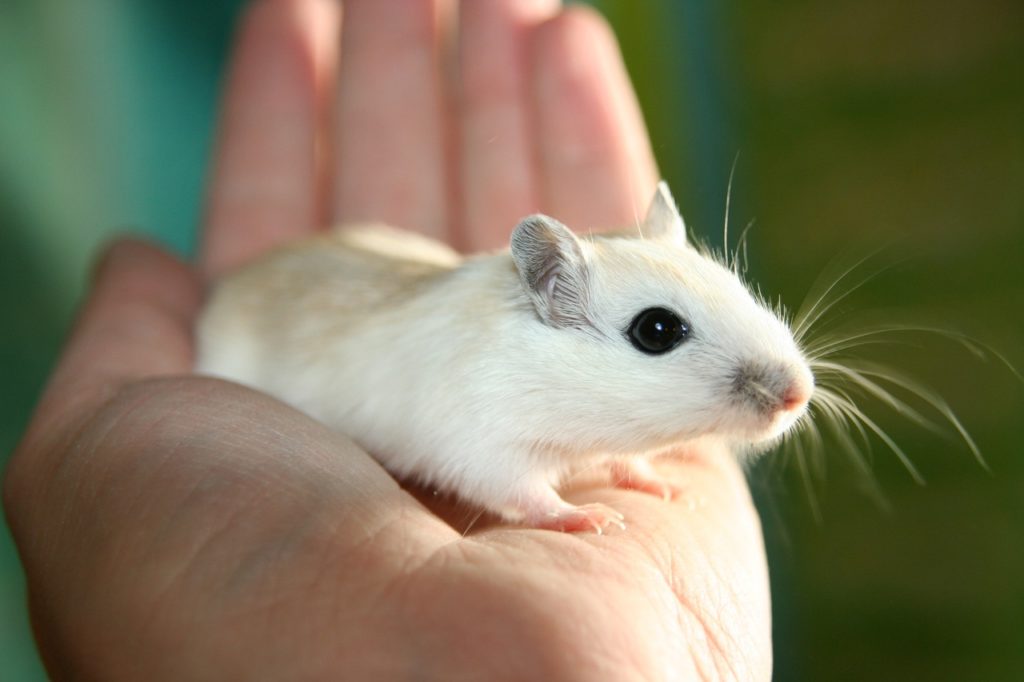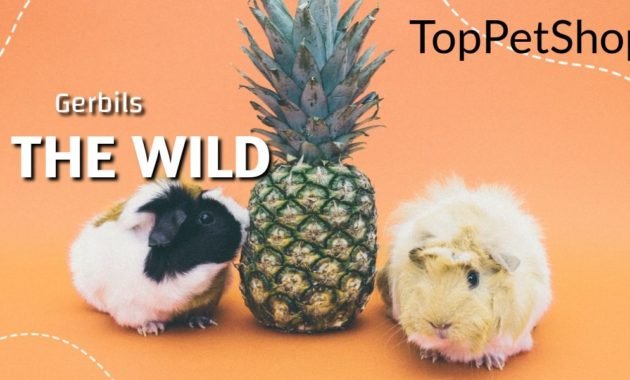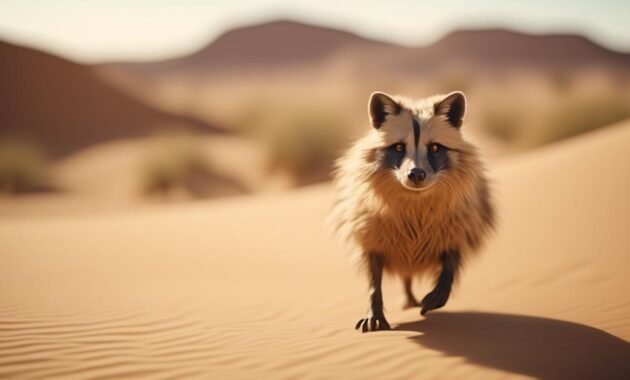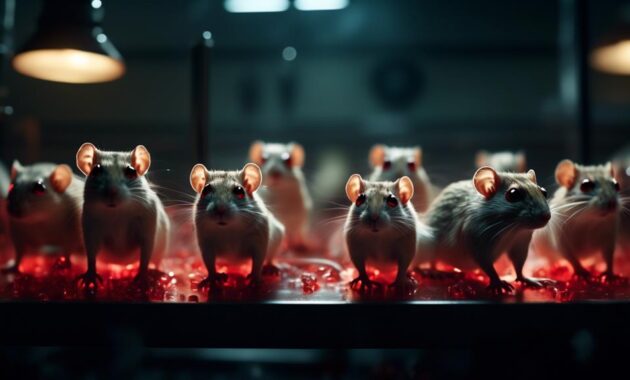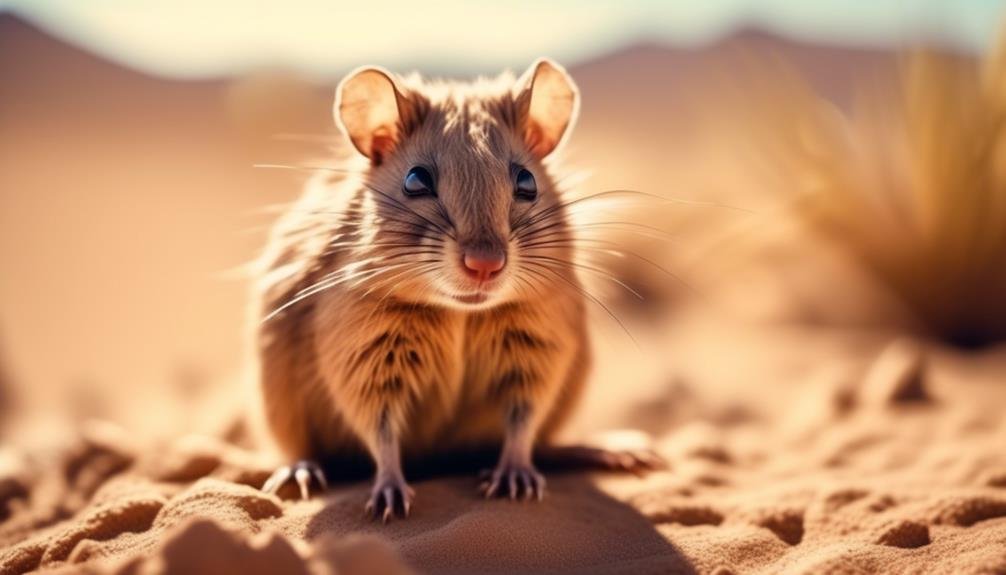
In the realm of pet companionship, there are certain creatures that captivate the hearts of enthusiasts with their unique qualities. One such creature that has recently caught the attention of pet lovers is the rare and intriguing fat-tailed gerbil.
Hailing from the arid deserts of Northwestern Egypt, Libya, Tunisia, and Algeria, this medium-sized rodent possesses a distinctive appearance and endearing personality that has piqued the curiosity of many.
But what makes this desert dweller so enchanting? How does it differ from other rodent species? And what care requirements does it entail?
Delving into the world of the fat-tailed gerbil promises to unravel a fascinating tale of an extraordinary pet.
Key Takeaways
- The fat-tailed gerbil is a medium-sized gerbil native to the Northern Sahara region.
- It has a unique appearance with yellow-colored hair at the back and head, and a white belly.
- In the wild, it primarily feeds on insects but also consumes a variety of plants.
- Fat-tailed gerbils are solitary animals, although they can sometimes live in colonies, and they engage in marking territory and have distinct mating rituals.
Description and Distribution
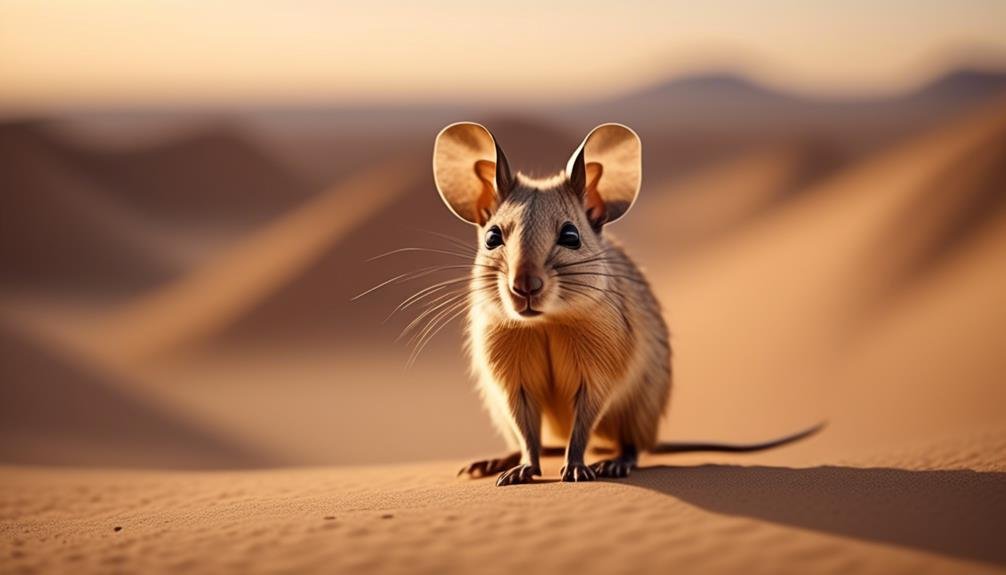
The fat-tailed gerbil, a medium-sized rodent native to the Northern Sahara, is known for its distinctive yellow-colored hair at the back and head, and a white belly. This unique appearance sets it apart from other gerbil species.
Found in Northwestern Egypt, Libya, Tunisia, and Algeria, the fat-tailed gerbil inhabits sparsely vegetated sand sheets or rocky deserts. It constructs simple burrows about one meter deep or occupies existing burrows of other species.
In terms of diet, it is mostly insectivorous in the wild, but also consumes a variety of plants. In captivity, it can be fed a basic rodent mix along with mealworms, crickets, moths, and other insects.
Fat-tailed gerbils are solitary animals, although they can sometimes live in colonies. They are primarily active at dusk, but may exhibit diurnal behavior in captivity.
Diet and Feeding Habits
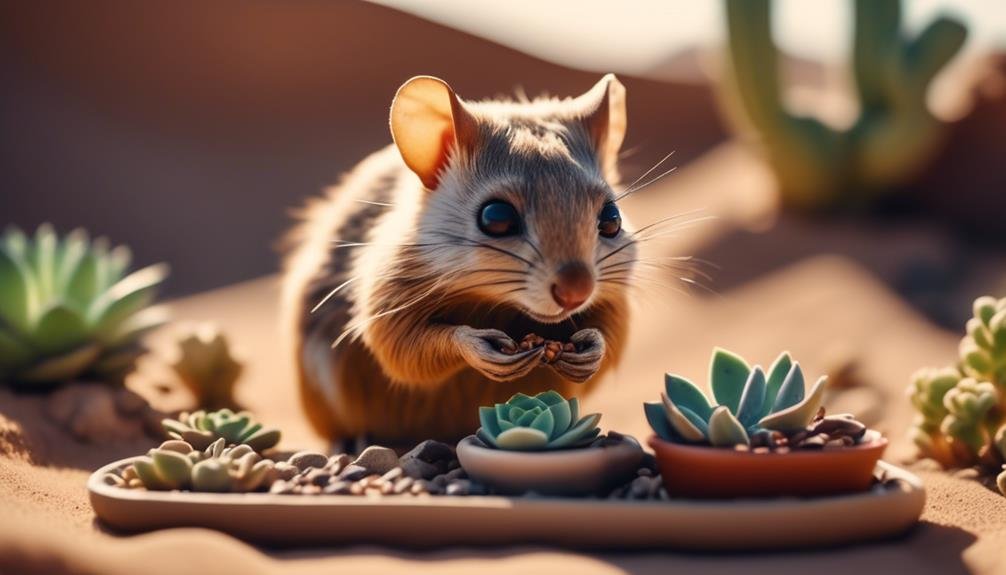
With regards to its nutritional needs, the fat-tailed gerbil exhibits a diverse diet and feeding habits. In the wild, this species is primarily insectivorous but also consumes a variety of plants. When kept in captivity, the fat-tailed gerbil can be fed a basic rodent mix, along with a selection of insects such as mealworms, crickets, and moths.
Additionally, vegetables and fruits like carrots, cauliflower, chicory, and apples can be offered as part of their diet. It is important to provide a balanced diet to ensure their well-being.
The fat-tailed gerbil’s feeding habits include foraging for food in the wild and exhibiting a preference for nocturnal activity. By understanding their dietary requirements and providing suitable food options, pet owners can ensure the health and happiness of their fat-tailed gerbils.
Behavior and Social Structure
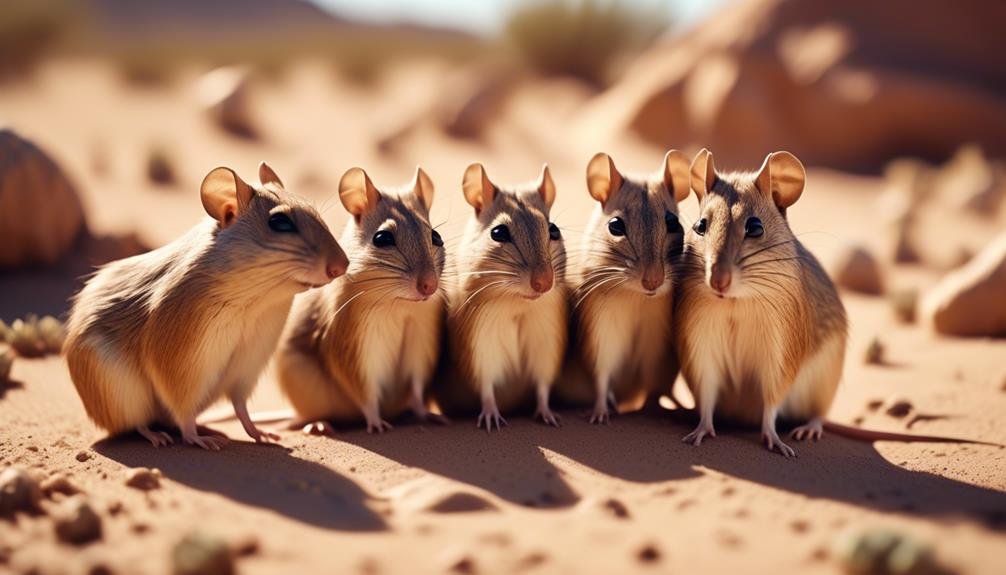
Fat-tailed gerbils exhibit distinct behavior patterns and have a unique social structure. Understanding their behavior is essential for providing optimal care in captivity. Here are some key points about the behavior and social structure of fat-tailed gerbils:
- Solitary or Colony Living: Fat-tailed gerbils are typically solitary animals, but they can also form small colonies. They may live together peacefully or show territorial behavior.
- Nocturnal Activity: These gerbils are primarily active during dusk and night hours. However, in captivity, they may adjust their activity patterns and appear more active during the day.
- Vocalizations and Territorial Marking: When threatened or during conflicts, fat-tailed gerbils emit loud shrieks and engage in tail-biting behaviors. They also mark their territory by rubbing their bellies on the ground and other furnishings.
Understanding these behavior patterns and social dynamics can help pet owners create an enriching and stress-free environment for their fat-tailed gerbil companions.
Breeding and Reproduction
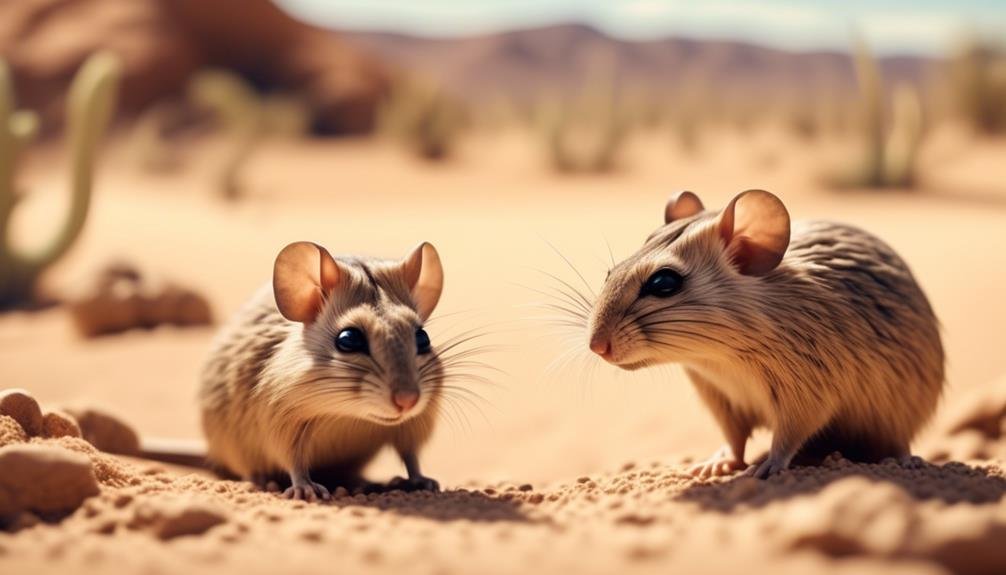
Breeding and reproduction in fat-tailed gerbils involves distinct reproductive processes and behaviors. These rodents reach sexual maturity at around two months old.
The gestation period lasts for 19 to 21 days, and the average litter size ranges from three to six pups. After birth, the pups are weaned at three to four weeks.
In captivity, fat-tailed gerbils have an average lifespan of 2 to 4 years. To ensure successful breeding and reproduction, it is important to provide these animals with a suitable habitat that mimics their natural environment. Additionally, regular veterinary check-ups and a balanced diet are essential for their overall well-being.
The fat-tailed gerbil’s unique appearance and relatively easy care requirements have made it a popular choice among pet lovers.
Lifespan and Care Requirements
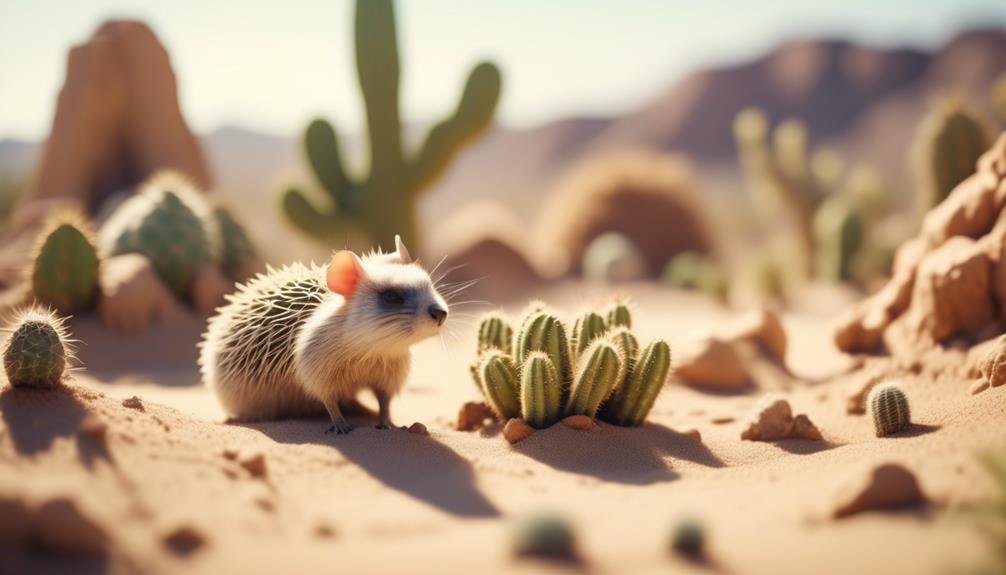
To ensure the well-being of fat-tailed gerbils, it is crucial to provide them with proper care and attention throughout their lifespan. These rodents have an average lifespan of 2 to 4 years when kept in captivity.
Here are some key care requirements to consider:
- Habitat: Provide a suitable habitat that mimics their natural environment, including a spacious enclosure with sand or soil for burrowing, hiding spots, and items for climbing and exploring.
- Diet: Offer a balanced diet consisting of a basic rodent mix, supplemented with mealworms, crickets, and other insects. Additionally, provide fresh vegetables and fruits like carrots, cauliflower, chicory, and apples.
- Veterinary Care: Regular check-ups with a veterinarian are essential to monitor their overall health, detect any potential issues early on, and ensure appropriate vaccinations and treatments are administered.
Tips for Creating a Suitable Habitat
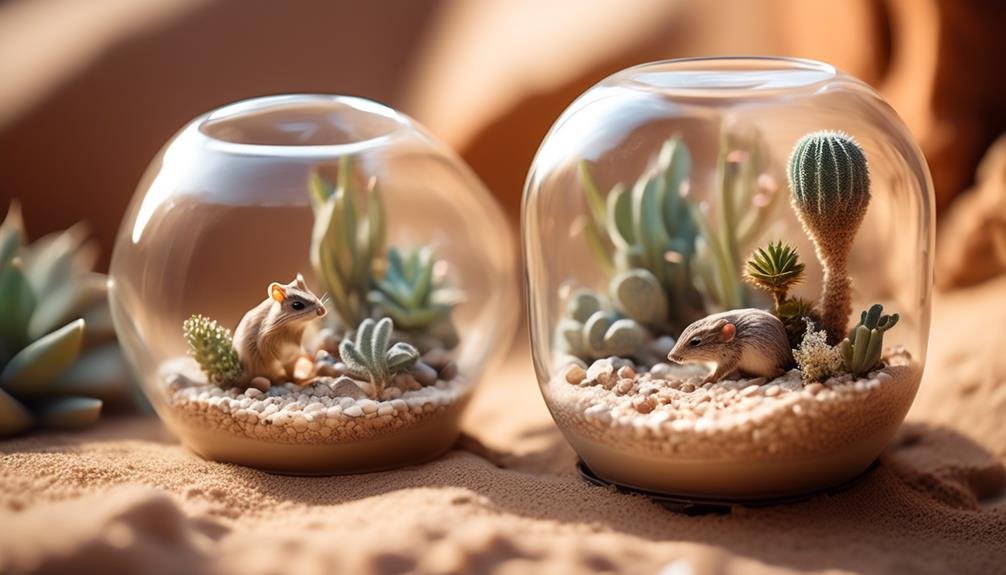
Creating a suitable habitat is essential for the well-being of fat-tailed gerbils, ensuring they have an environment that closely resembles their natural surroundings. To create an ideal habitat for these rodents, it is important to replicate their native desert environment.
Start by providing a spacious enclosure with plenty of room for burrowing and exploring. The substrate should consist of sand or a sand and soil mixture, allowing the gerbil to dig and create tunnels.
It is crucial to maintain a warm and dry environment, as fat-tailed gerbils thrive in temperatures between 75-85°F (24-29°C). Additionally, provide hiding places such as small caves or wooden shelters, as these rodents appreciate having a secure space to retreat to.
To mimic their natural diet, offer a variety of seeds, grains, and insects, along with fresh vegetables and fruits. Regular cleaning and maintenance of the habitat are also essential to ensure the gerbils’ health and well-being.
Importance of Veterinary Care and Balanced Diet
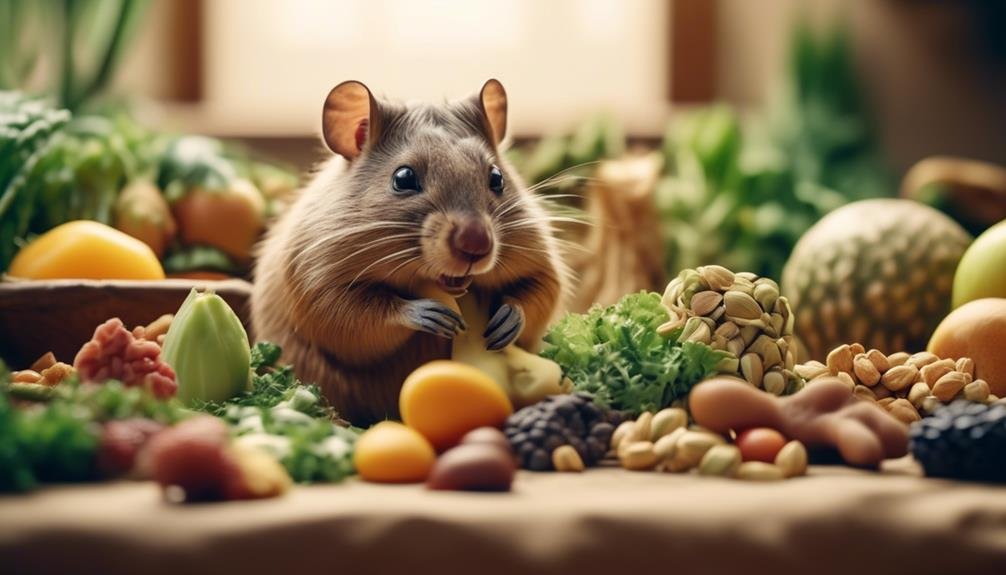
Regular veterinary care and a balanced diet are crucial for maintaining the health and well-being of fat-tailed gerbils. These small desert rodents have specific dietary needs and require regular check-ups to ensure their overall health.
Here are some key points to consider:
- Veterinary care: Regular visits to a veterinarian who specializes in exotic animals are essential for fat-tailed gerbils. These check-ups allow for early detection and prevention of potential health issues.
- Balanced diet: Providing a balanced diet is vital for the gerbil’s nutritional needs. This includes a combination of commercially available rodent mix, fresh vegetables, fruits, and occasional treats like mealworms or crickets.
- Nutritional requirements: Fat-tailed gerbils need a diet that is rich in fiber, protein, vitamins, and minerals. It is important to provide a variety of food options to meet their nutritional needs.
Frequently Asked Questions
Can Fat-Tailed Gerbils Be Kept as Pets in Apartments or Small Living Spaces?
Fat-tailed gerbils can be kept as pets in apartments or small living spaces, provided they are provided with a suitable habitat that mimics their natural environment. Regular veterinary check-ups and a balanced diet are essential for their well-being.
Do Fat-Tailed Gerbils Require a Specific Type of Bedding Material in Their Cages?
Fat-tailed gerbils benefit from bedding material that mimics their natural desert habitat, such as sand or a mixture of sand and soil. This type of bedding allows them to dig burrows and engage in natural behaviors.
Are Fat-Tailed Gerbils Prone to Any Specific Health Issues or Diseases?
Fat-tailed gerbils are generally healthy animals, but they can be prone to dental problems, obesity, and respiratory infections. Regular veterinary check-ups, a balanced diet, and proper dental care are crucial for maintaining their overall health and well-being.
Can Fat-Tailed Gerbils Be Housed Together With Other Small Pets, Such as Hamsters or Mice?
Fat-tailed gerbils can be housed together with other small pets, such as hamsters or mice, but caution must be exercised due to potential aggression and territorial behavior. Proper introduction and monitoring are necessary for their cohabitation.
Are There Any Specific Toys or Enrichment Activities That Are Recommended for Fat-Tailed Gerbils?
When it comes to providing enrichment activities for fat-tailed gerbils, it is important to consider their natural behaviors. Offering tunnels, hides, chew toys, and opportunities for digging and foraging can help keep them mentally and physically stimulated.
Are Fat-Tailed Gerbils Dangerous and a Threat to Public Health?
Are fat-tailed gerbils really terrifying plague-carrying gerbils? Let’s examine the facts. While fat-tailed gerbils are not inherently dangerous, there are concerns about public health risks associated with certain gerbil-borne diseases. However, proper hygiene and responsible pet ownership significantly reduce the risk, making them more lovable than threatening.
Conclusion
In conclusion, the fat-tailed gerbil’s unique characteristics, captivating behavior, and relatively low maintenance requirements make it a popular choice among pet lovers.
Native to the Northern Sahara region, this medium-sized rodent thrives in sparsely vegetated sand sheets and rocky deserts. With a diet consisting of insects and plants, and a solitary nature with occasional colony living, the fat-tailed gerbil offers a fascinating glimpse into rodent behavior.
Proper care, including regular veterinary check-ups and a balanced diet, ensures their well-being and longevity as cherished companions.

